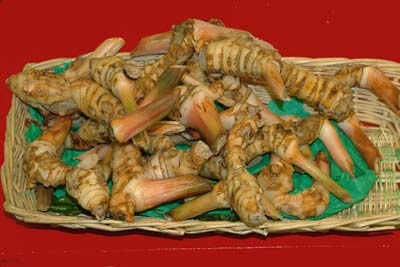
Galangal. The rhizome of a plant of the ginger family, although it is smaller and more shrivelled. It has more translucent, flesh-coloured skin than the rhizome of ginger. It is peeled and grated or thinly sliced and used in the same way that fresh ginger is used, but has a slightly more complex flavour reminiscent of camphor. Greater galangal resembles a cross between ginger and pepper; lesser galangal is more pungent, with cardamom and eucalyptus flavours, whilst kempferia is the strongest.
Sago. It is made from the viscous sap of a tall palm tree. It is collected in the same way as rubber, by making an incision in the trunk.
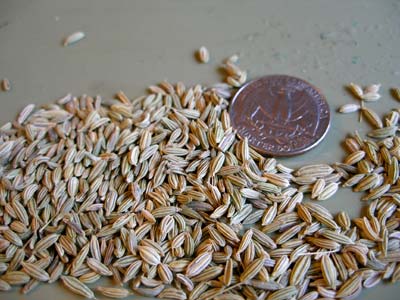
Fennel. In Indian cookery anise is not often used, though fennel seeds are. The two spices are often called by the same name.
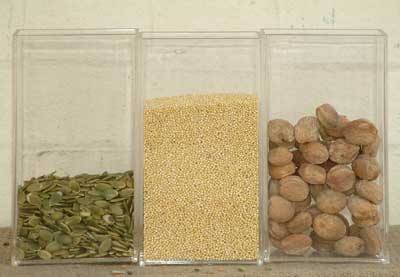
Millet. Pearl millet. After rice and wheat this is the most important grain crop of India. It is used to make flour which is often used in the making of poppadums. Two types of millet are available, bulrush or bajra bajra (pearl millet - Pennisetum typhoideum) and finger millet (Eleusine coracana).
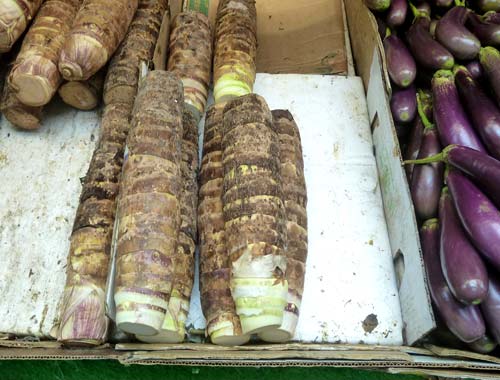
Taro. Colocasia. A plant grown both for its leaves and tuberous, potato-like roots, or corms. The roots, the flesh of which may vary from white to pink, have a delicate flavour and can be peeled and boiled, roasted, mashed, fried or included in a stew.e flesh of which may vary from white to pink, have a delicate flavour and can be peeled and boiled, roasted, mashed, fried or included in a stew.
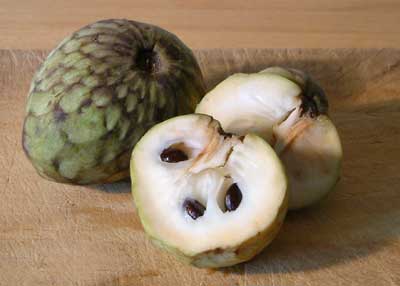
Custard apple. Sitaphal. A tropical fruit which comes in a variety of shapes and sizes. When buying choose very soft fruits indeed. The skin of all of them is green or purplish-green and scaly, almost fir-cone patterned, in appearance. Inside, the flesh is creamy in colour and consistency, but has to be sucked from the shiny black seeds. The flesh has a sweet-sour flavour, sometimes slightly custardy and larger ones have the luscious and complex taste of banana, mango and vanilla. They are often made into fritters, or sliced and steeped in wine. The custard apples include cherimoyas, sweet sops, sour sops and atemoyas.